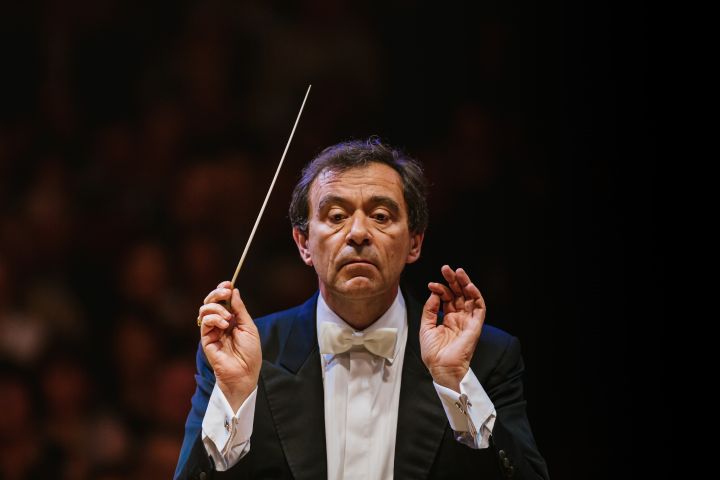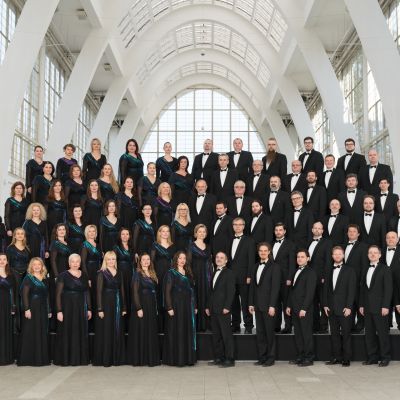
Performers
Marcello Rota, conductor
Czech Philharmonic Choir of Brno
Petr Fiala, choir master
Erika Grimaldi, soprano
Programme
Giuseppe Verdi – Messa da Requiem
Italy’s most celebrated composer Giuseppe Verdi (1813–1901) lived a long and dramatic life; after all, it was a time of revolution in Italy and he did not shy away from getting involved. His extensive operatic works likely make him the most widely performed composer on global stages. Writing his first opera (Oberto) at 26 years of age, he soon became a highly celebrated composer. Who isn’t familiar with Nabucco, Rigoletto, The Troubadour, La Traviata, Un ballo in maschera, La forza del destino, Aida, Les vêpres siciliennes?
This, as historians like to recall, was the same man who was refused admission by the Milan Conservatory owing to a lack of talent. And fans may also remember that after his death (January 27, 1901), the acclaimed Italian conductor Arturo Toscanini paid tribute to him in Milan’s La Scala with a wonderful concert in front of the royal family, who along with the audience, rose to sing the world’s most famous chorus together with the choir “Va, pensiero”.
The melodic magnificence of the music, and the fact that the composer perfectly understood the demands of his singers, make Verdi’s operas highly popular and sought after. He chose dramatic librettos that reflected the zeitgeist in his country, while he also admired heroes who “lead by the heart”.
Aside from his operatic works, his Requiem ranks among one of his finest creations. It was written in memory of the poet and playwright Alessandro Manzoni, whose work Verdi greatly admired. The funeral mass was played in the church of San Marco in Milan to mark the first anniversary of the poet’s death on 22 May 1874. Verdi conducted and Tereza Stolz sang the soprano part. Other performances followed in Milan, Paris, London, and Vienna. In 1876 the Requiem was also performed at the German Theatre in Prague.
The funeral mass is structured in the same way as the traditional Catholic ritual, except the Requiem section is placed before the Kyrie, followed by the Dies irae, which paints an apocalyptic picture of doom. It is in this part of the work that Verdi’s dramatic force is shown in its full glory: assailing, predatory music, allowing us to ingest the fumes and fire, catastrophe and fear, which at once also spells out a big warning for all evil-doers. Yet other movements (Sanctus and Libera me) point to the composer’s compositional mastery of the fugue. The esprit of the choir excels at the end of Dies irae and in Lacrymosa, reminding us of what we know so well from Verdi’s operas.
And we could easily continue to highlight each and every section, but we must not forget the main purpose of this work. That is the commemoration of a great man, a pious reflection of death, filled with both humility and fear, and respect for the majesty of life’s end.





